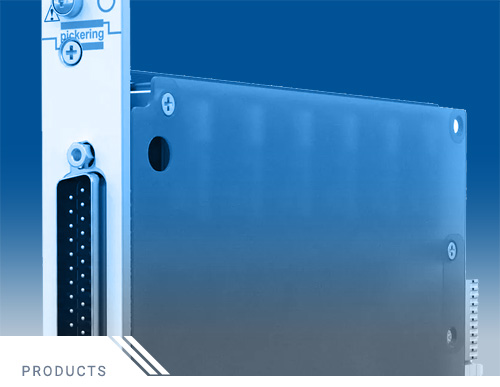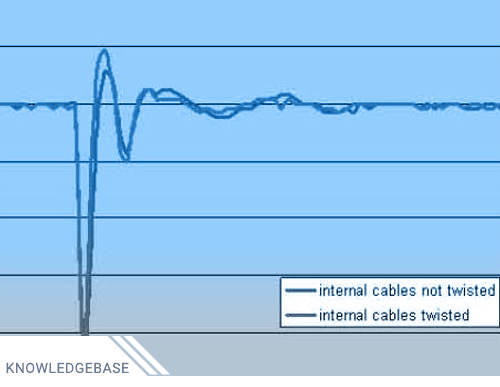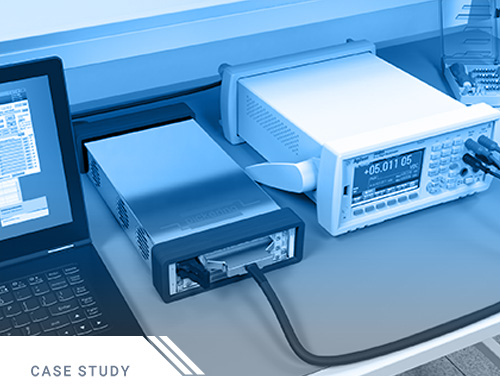Thank you for signing up for our webinar, Hardware-in-the-Loop (HIL): The Key Factor in BMS Design Verification.
Please enjoy the on-demand video.
Below are the Questions from the Q&A portion of the webinar.
Question: Is the HIL essentially a digital twin?
- No, but we utilize a digital twin and create a real-life product (BMS Simulator) from it. We use software-based techniques (software-in-the-loop) to create BMS algorithms, then we create prototypes and then hardware-in-the-loop comes in at the stage where we provide real-life signals to the prototype that we have built from the digital twin.
Q: How does HIL testing help in assessing BMS performance under various operating conditions, such as temperature extremes and high-demand scenarios?
- HIL testing offers consistent and repeatable testing capabilities by simulating real-world conditions, enabling test engineers to rigorously assess the BMS's performance. This controlled environment is crucial, as BMS plays a critical role in managing batteries, and performance under various conditions must be thoroughly evaluated to ensure reliability and safety. By subjecting the BMS to a wide range of scenarios and fault simulations, HIL testing allows for the identification and rectification of potential issues, ultimately enhancing the system's overall performance and dependability.
Q: What are the challenges associated with creating realistic simulations for BMS testing using HIL?
- Simulating Battery Management System (BMS) testing with Hardware-in-the-Loop (HIL) has its share of challenges. These include making sure our models accurately reflect how a BMS behaves in the real world, dealing with the complexity of batteries, and creating realistic conditions like temperature changes. It's also tricky to emulate hardware, simulate things going wrong (like short circuits), and handle all the interactions with other systems and making sure the simulated data matches what happens in reality.
Q: What are the key advantages of using HIL testing for BMS, and how does it compare to traditional testing methods?
- The biggest advantage is that it is flexible. You don’t want to overcharge or undercharge an actual battery stack due to safety issues and the potential to damage your stack. Also, the more you use a stack the more degradation you will see. By utilizing simulation, you can ensure repeatability and also when you move on to the next project or battery stack, you can use the same hardware instead of having to create a new unit.
Q: I want to explore HIL for BMS and make a career in this field. How can I learn more about it? What software should I learn to get in-depth knowledge?
- Check out Model-Based Design Software such as Simulink-RT & Veristand.
Q: Could you share the cost details?
- There are a number of factors that affect cost and our modular-based solutions allow the flexibility of just enough test while allowing for evolution and scalability. Your best bet is to contact one of our experts directly here… https://www.pickeringtest.com/en-in/contact-us
Interested in learning more today? Take a look at our other on-demand webinars & videos.








